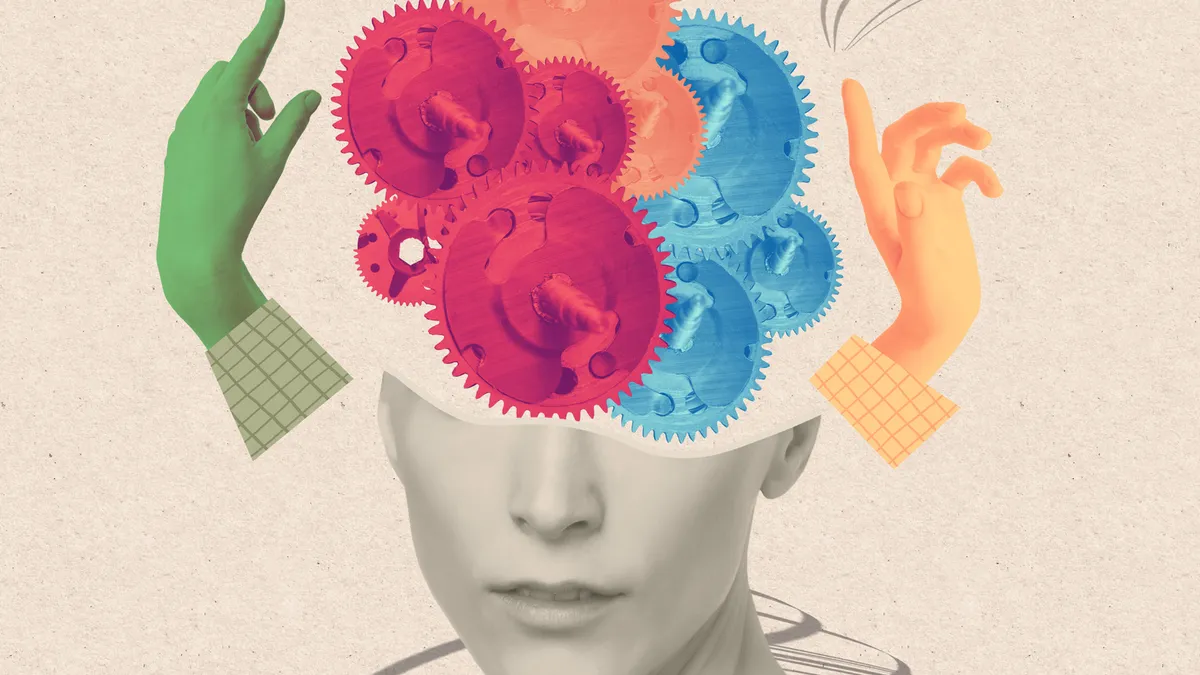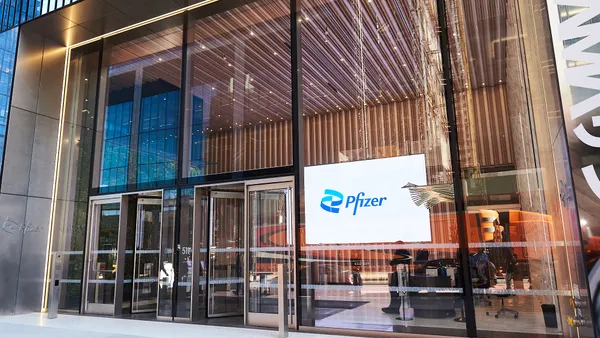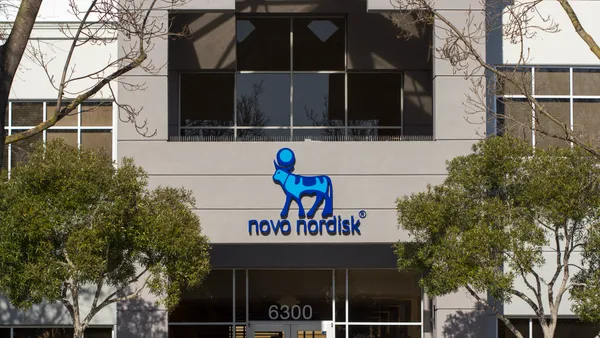Connecting With Consumers Online: The Power of the Click Marketers can design online content that connects meaningfully with consumers and shapes their behavior in ways that benefit brands. Chandani Rao Director, Interactive Development Today, a simple click unveils a universe of health information that just a decade ago was unavailable. Now, we take for granted the ease with which consumers can access information and the market-shaping power that information gives them. Today’s empowered healthcare consumers — and there are 10 million online looking for health information in a given day — are just one click away from your brand’s Website and from your competitors’ sites. The challenge is to design online content to attract and retain consumers long enough to shape behavior, such as adherence to their treatment regimen. There’s nothing like a worrisome symptom or a life-changing diagnosis to motivate an eyes-wide-open, fervent search for information. Health information seeking is often an activity of those hard-hit and burdened by worry. This is a prime teachable moment for consumers when your brand can earn their trust. Get Beyond the Cool Factor The Internet is cool. It’s easy to get carried away with all of its infinite possibilities and to give into the temptation to use technology for technology’s sake. Healthcare Websites and interactive tools can be cool, but not at the expense of quality content. Consumers visit a site for information and if they find cool technology without quality content, you will lose them and they will click away. Whether cancer, diabetes, or erectile dysfunction has motivated the search for information, what matters most is good content, plain and simple. When consumers find health information online, more than half of those surveyed reported that the information affected their decisions about managing an illness. Education drives issues such as adherence by helping patients understand their disease and the purpose of their therapy. That’s good news for marketers. There is a chance to influence behavior if, and it’s a big if, marketers can get consumers to come and stay long enough to be educated. Make the Connection, Quickly Consumers linger eight seconds on average before clicking away. It’s a daunting challenge to make a meaningful connection in that time, but it can be done. Keep them longer than eight seconds and marketers have a chance to make a lasting impression. Healthcare consumers want: Information they can understand: More than 30% (estimated by Jakob Nielsen) of U.S. Internet users have low literacy — they can read, but have a difficult time doing so. This percentage is likely to increase as more lower-literacy users go online. Therefore it is important to use language consumers use, not scientific jargon. Improving usability for lower-literacy consumers typically increases usability for higher-literacy consumers as well. Information just for them: Consumers don’t want to wade through information they don’t need. They’re impatient patients. Let them customize the content they need. Involve them in their education and make it fun. Appealing design that doesn’t overpower the content: Let the design provide a respite from their worries; the design should convey “this is where you belong” by showing images of people just like them. Keep it simple and consumer friendly. A variety of learning options: No single learning style works for everyone. For hands-on learners, the site should provide interactive tools to reinforce learning. For auditory and visual learners, consider using video to showcase the personal stories of those affected by a disease. Low-literacy users don’t scan text, they go word for word, stumbling over multisyllabic words. They tend to skip large portions when it becomes too text heavy. Video helps overcome this deficiency. But Will They Come? It’s one thing to design a good site. It’s another to get your target audience to visit. For starters, you should ensure your site is built so that it is optimized for search engines. This includes incorporating appropriate keywords, relevant content, ALT attributes, and site maps with links to every page in the site. It’s important that you promote your site both online and offline. Incorporate your URL into all relevant material, including brochures, sales tools, stationery, ads, etc. While search engines are a primary way people look for Websites, they are not the only way. People also find sites through word-of-mouth, blogs, Web directories, e-mail campaigns, Podcasts, and links from other sites. With these strategies, marketers can design online content that connects meaningfully with consumers and shapes their behavior in ways that benefit brands. HealthEd, Clark, N.J., develops patient education programs for pharmaceutical and healthcare marketers. For more information, visit healthed.com. October 2007 VIEW on E-Solutions
An article from


Connecting With Consumers Online: The Power of the Click
Filed Under:
Commercialization








